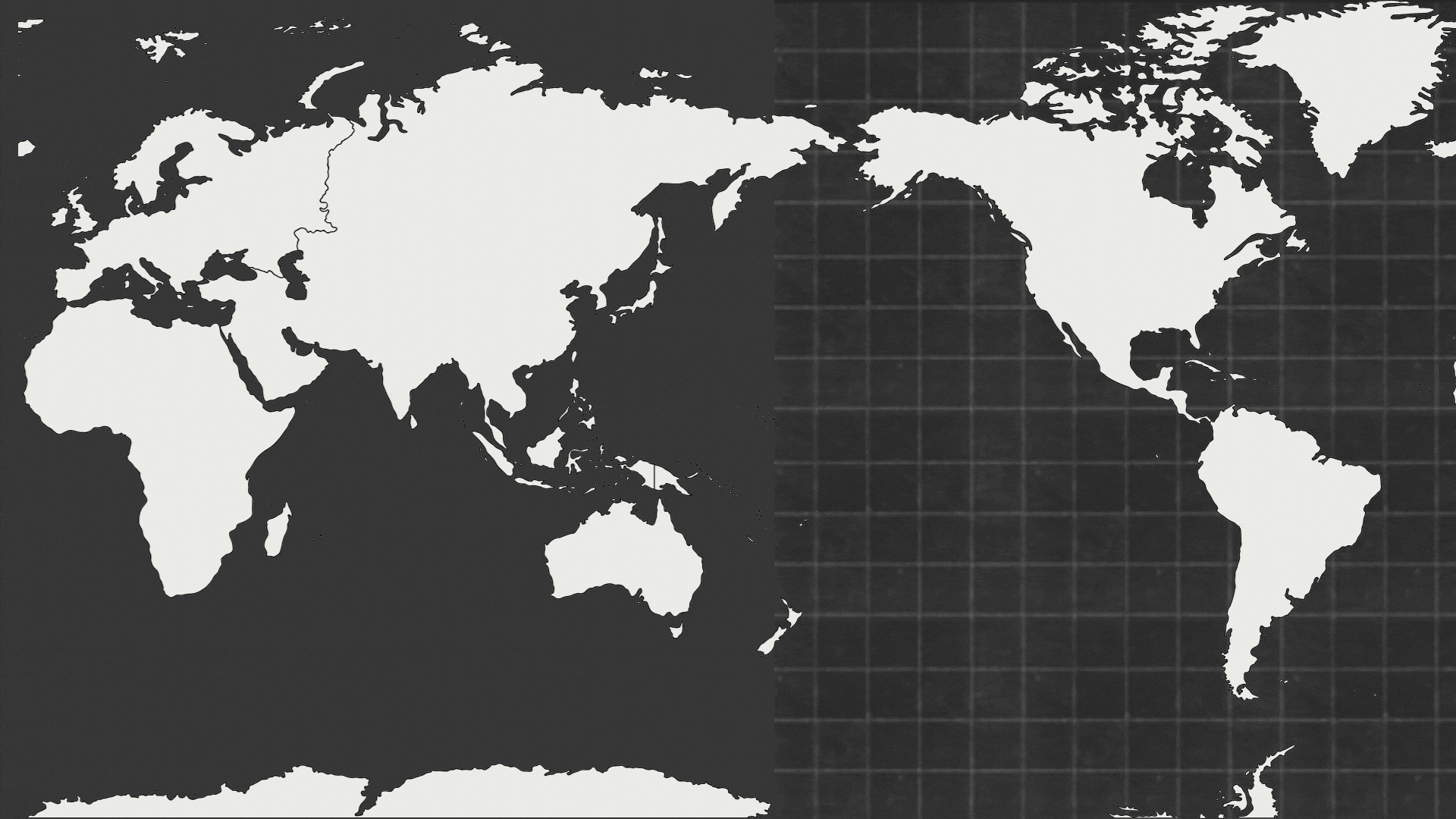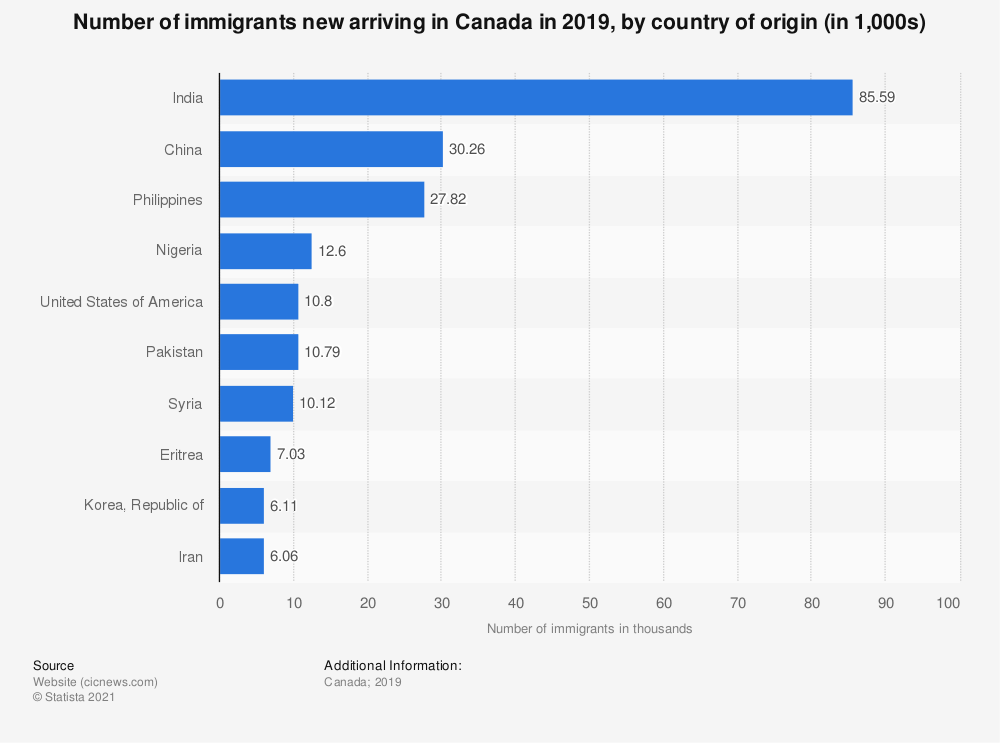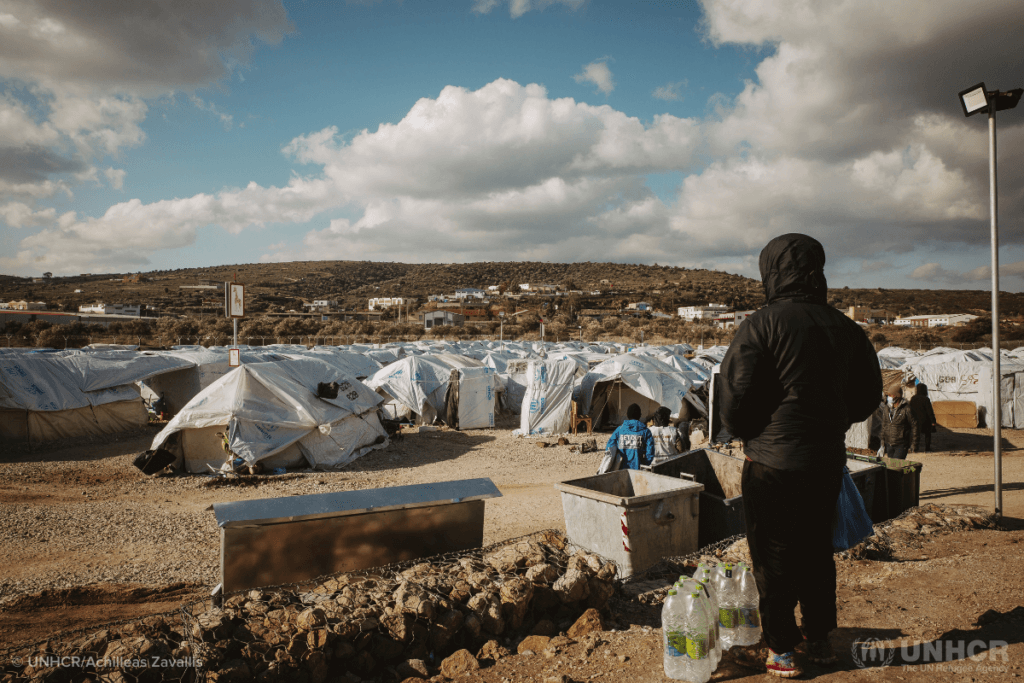Migration is a key factor determining a region’s population growth, structure, and composition. All the civilisations existing today, including the ones we know of, are products of migration. Migration is also how humanity advances as an organisation, and it is undoubtedly the most invasive species, both collectively and individually.
The Cradle of Humanity
We can trace Homo Sapiens from their roots in South Africa (often known as the cradle of humanity) which are now spread across the globe. Look at the migration map below and notice the tracks of human migration. Homo Sapiens gradually took over Homo Erectus and Neanderthals and are the only human species left. Humans are the only species known to have left this planet and aim to populate other celestial bodies.

This raises a few questions:
- How did the other two species disappear?
- Why are there only Homo sapiens left?
- Are Homo sapiens the first known invaders?
- Despite belonging to the same species, why do we continually exhibit territorial behaviour?
What is migration?
“Migration is defined as the movement of persons away from their place of usual residence, either across an international border or within a country” (IOM)
The dictionary defines the word ‘migrate’ as “to move from one region or habitat to another…”
While studying the socio-economy of a country, we have to consider its fertility and mortality along with migration patterns. Look at the graphs below, which show the population growth rates of different countries with and without migration. Try to observe the differences between different countries.
Now, consider the following statements about migration
- It is “permanent or semi-permanent change of residence of an individual or group of people” (Tiwari, R.C., 2009)
- It is the spatial mobility of the population between two geographical units (Johnston,R.J. 1986)
- It can be permanent or semi-permanent (Lee, 1966)
Migration is a very complex phenomenon. Apart from a set of social, economic, political and environmental factors, the migration of a population in any region is determined, to a large extent, by the perception and behaviour of individuals concerned. Therefore, there is no comprehensive theory of migration. Attempts have been made, from time to time, to integrate migration into economic and social theory, spatial analysis and behavioural theory (Johnston et al, 1981:218).
Who can be considered a migrant?
According to the International Organisation for Migration (IOM), any person who does not stay at his/her ‘habitual’ place of residence is considered a migrant, regardless of:
1. Place of birth.
2. Whether the movement is voluntary or involuntary.
3. The causes for the movement.
4. The length of the stay (un.org).
Causes of Migration

Why do people stay or choose to move? There are various factors controlling the movement of people. Occasionally, the cause of movement or migration is visible, but sometimes it is difficult to tell.
The causes of migration can be voluntary or forced.
People move (migrate) due to certain circumstances. Such factors are defined as ‘Push and Pull’ or ‘Repel and Attraction’ between two places.
Push Factors: These are the factors that give people enough reason to emigrate or out-migrate from a certain region
Pull Factors: These are the factors that attract people to a certain location and make them immigrate or in migrate.
| Natural Causes | Traditions of marriage where women leave their native place in search of religious freedom, |
| Economic Causes | Calamities like Climate Change, floods, volcanoes, etc. |
| Socio-Cultural | Government policies, colonisation, wars, etc. |
| Demographic Causes | People move due to certain demographic composition |
| Political Causes | People move due to a certain demographic composition |
A factor that gives a push in a certain region pulls people to their destination. For instance, a person is pushed out of a region due to a bad climate, while, contrary to this, he is pulled or attracted to a place with a better climate.
Migration Policy
In modern times, government policy controls migration (in stable countries). Governments frame such policies to minutely monitor the inflow of migrants based on the potential of the immigrating population and the domestic requirements, and make amendments to visa laws. Some countries follow a point-based system and assign migrating applicants points based on their potential. Generally, tourist and student visas are easier to obtain for developed countries as they bring in valuable foreign currency, while work visas and permanent residency are quite complex and complicated to attain.
Brain Drain

Migration is one of the most noticeable or, rather, the most vexing phenomena for a country. A developed country presents greener pastures and, consequently, exerts a strong pull effect. Whereas a compromised quality of life pushes people away from developing countries. The outflow of talent and skilled labour from developing countries of Asia and Africa causes real hindrances in the development of these countries.

Indeed, remittances from rich countries bring in valuable foreign exchange, but it is no comparison for people, the real gold of a country. Often, those citizens who take advantage of the best resources of a developing country raise their standards and move out, making that country poorer not only of consumed resources but also destabilising its future. See Graph 1 of Canada (and other developed countries like the US and Germany) given above. A considerable part of its population growth is due to such migrants from developing countries Graph 2.
Forced Migration
Another concerning type of migration is forced migration. Usually, this type of migration is triggered by certain threats. Specific terms are used for these migrants, like refugee, asylum seeker and internally displaced person.

Take a look at Image 1. It shows one of the biggest refugee crises our generation has seen. The invasion of Ukraine by Russian forces, which started on 24th February 2022, has pushed not only long-term native Ukrainians but also thousands of students studying and working in Ukraine to evacuate the country overnight. It is estimated that around 7 million Ukrainians have been displaced, while 13 million are stranded (unhrc.org). India alone brought around 16000 of its citizens back under ‘Operation Ganga’ in the year 2022 (thehindu.com).

Similarly, Afghan refugees have been displaced for more than 40 years, both in and out of their country.
Climate Change & Migration
Certainly, climate is a significant factor that drives migration, leading to both internal and external forced mass migration. Today, anthropogenic climate change, in return, is shaping the geopolitics of the modern world. The new world order will be based on the dictates of the climate and its signs are already showing in international laws and policies.

It is estimated that subsequently, by 2050, approximately 200 million people will be displaced as a result of climate change. (Source: IOM). Such climate migrants are also recognised by the term ‘Climate Refugee’.
As the world’s average temperature rises, the occurrence of extreme weather events will increase. Thereby displacing more people and destabilising both source and destination regions.
Slave Trade

Perhaps another example of forced migration is the slave trade. Undeniably, it has its roots in the colonial era, but it still exists locally and globally. The modern word for slavery is human trafficking, and it is an international problem.
The transatlantic slave trade is one of the infamous historical accounts of forced migration, responsible for the migration of 10 to 12 million Africans to North America. Today, around 12 per cent of Americans are of African descent (2020 U.S. Census).
Such migrations were part of trade between colonies worldwide. The British would often transport slaves from their colonies in Africa and Asia to work on plantations in other countries.
The Great Migration was one of history’s largest and most rapid mass internal movements—perhaps the greatest not caused by the immediate threat of execution or starvation. In sheer numbers, it outranks the migration of any other ethnic group—Italians or Irish or Jews or Poles—to the United States. For Black people, the migration meant leaving what had always been their economic and social base in America and finding a new one.[15]

The United States of America presents a compelling case for migration studies. It is one of the most well-documented examples in recent history, preserved extensively in human memory. Originally settled by Europeans, the country later fought for independence from the same empire that had colonised it. A significant portion of its population consists of people of African origin who were forcibly brought through the transatlantic slave trade. Over time, the U.S. became the preferred destination for migrants from Asia and Latin America, drawn by the promise of a better quality of life. More recently, however, the nation has become increasingly focused on regulating the migration that played a fundamental role in shaping its identity.
Under Donald Trump’s administration, the U.S. implemented one of the most extensive deportation programs in history. The cost of deportation averages around $4,675 per person.
Migration has always been an integral part of human history, shaping civilisations and influencing economic and social structures. While migration drives growth and opportunity, it also brings challenges that nations must address through balanced policies. With increasing climate-induced displacement and geopolitical shifts, migration will remain a defining force in the years to come. Understanding its patterns, causes, and consequences is crucial for preparing societies for the future.